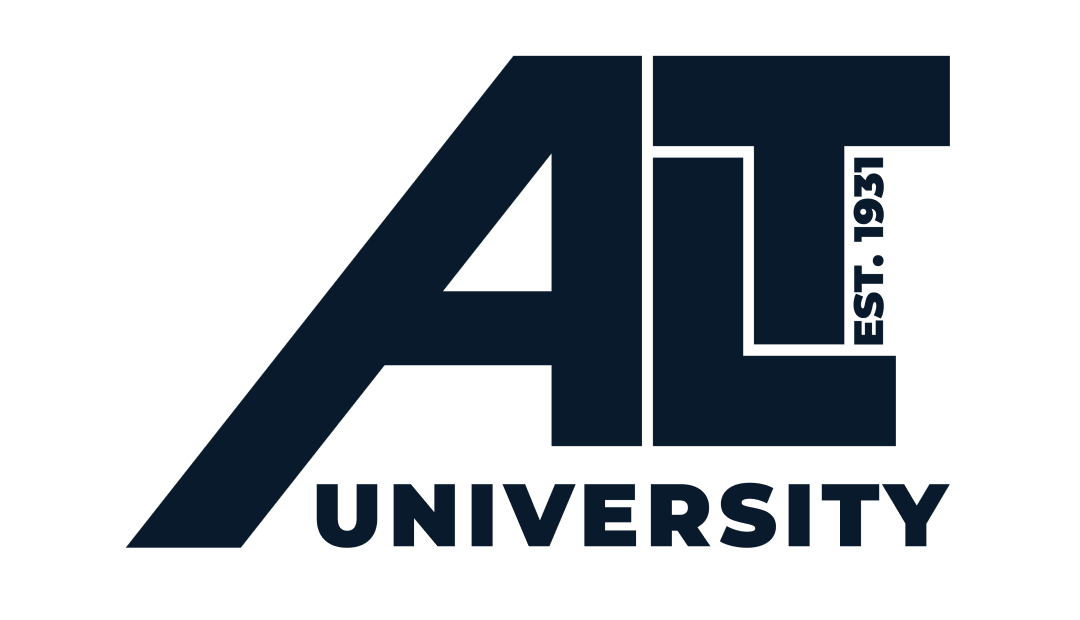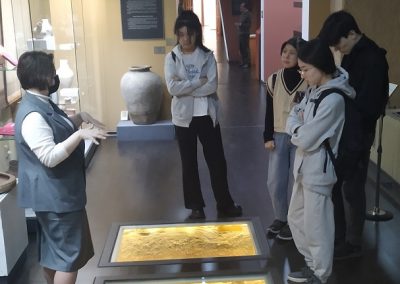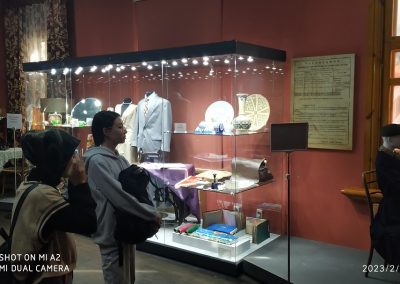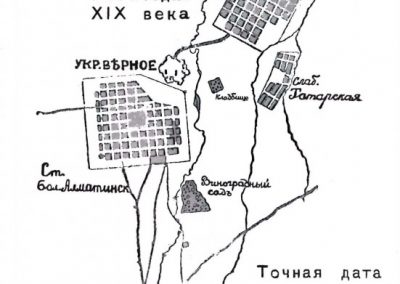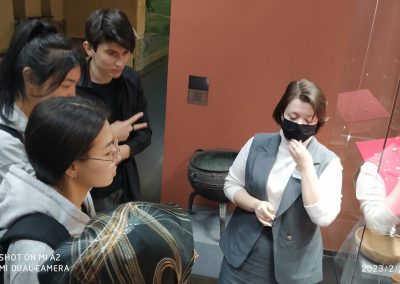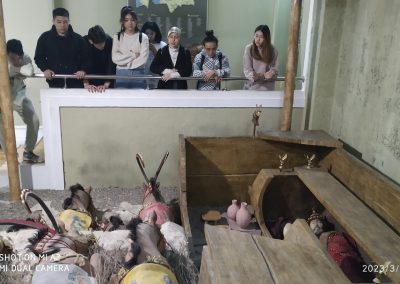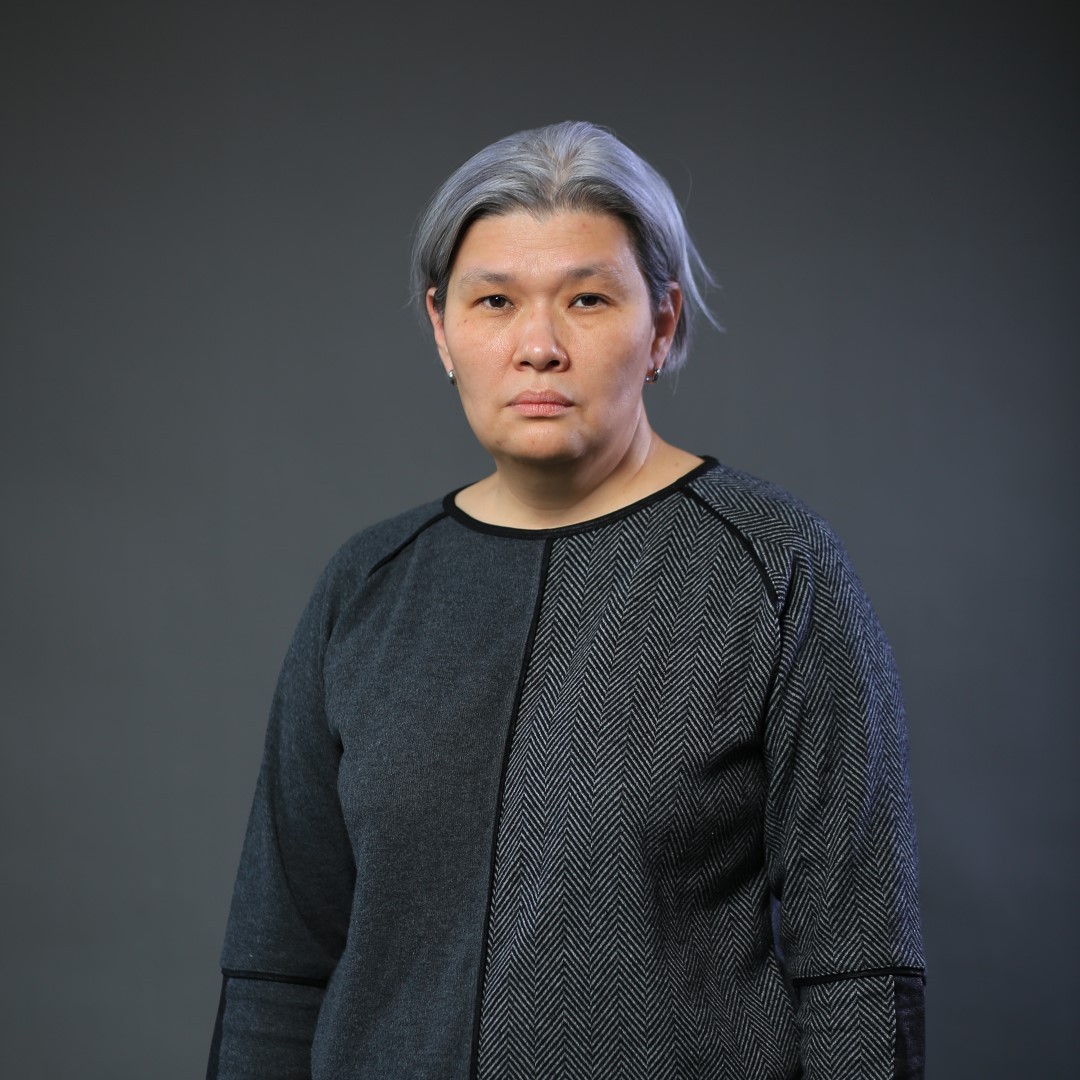
Director
Aitkazina Mira Mukhtarovna associate professor
tel. 87077231074,
e-mail: m.аytkazina@alt.edu.kz
Name of the circle: “Miras” has been operating since 2017.
THE POSITION OF THE MIRAS STUDENT CIRCLE
- General provisions
1.1. The Miras circle was formed on the basis of the Kazakh Academy of Transport and Communication named after M.1.2. The Student
Circle is a voluntary organization of students who have expressed a desire to master the skills of conducting scientific research and successfully combine such activities with studies, who love their history and culture.
1.3. The Student circle is held once a month. The Chairman informs the members of the IC about the dates and times of the meetings.
1.4. To carry out organizational work and account for the activities of the student circle, the chairman of the circle is elected from among the students (for a period of one year). If there are more than 15 students in the circle, a secretary of the circle can be elected to help the chairman to fill out the protocols.
1.5. Photos of excursions and local history activities of students will be available on the Academy’s website and the publication of articles by the most gifted and talented students in scientific publications.
2. The purpose and objectives of the Miras Student Circle:
2.1. Development of creative thinking, scientific independence, improvement of internal organization, conscious attitude to learning, deepening and consolidation of knowledge gained in the learning process.
2.2. The main objectives of the circle:
— formation of an active life position of students; — excursion to historical places;
— studying the biographies of famous people;
— spiritual education based on the popularization of cultural and historical values of the Kazakh people;
— traditions and customs of the national history of our land.
3. The right of members of the Miras student circle:
3.1. To have the right to elect a candidate for the chairman of the circle and propose it for approval at a meeting of the circle;
3.2. Have the right to nominate the leaders of the circle;
3.3. To speak at the meetings of the circle and scientific conferences with scientific reports and reports.
3.4. To publish the best works for participation in the publications of the university.
3.5. Has the right to defend the motto and emblem of the circle.
4. Responsibilities of the Miras student circle members:
4.1. Participation in the work of the circle meeting, once a month in which the results of the scientific work of the circle members (scientific articles, abstracts and competitive works) are discussed.
4.2. Filling in and timely registration of events;
4.3. Summing up the work of the circle. The plans for the club’s classes are maintained throughout the school year.
5. List of documents:
5.1. The position.
5.2. Educational and thematic plan;
5.3. Turnout list;
5.4. The structure of the circle;
5.5. Protocols.
6. Club plans
6.1. Participation and execution of planned scientific works;
6.2. Development of reports and presentations at conferences and seminars.
6.3. Excursions and excursions around the city of Almaty and its outskirts.
Educational and thematic plan
|
№ |
Topic |
Content |
Participants |
The time of the event |
Responsible persons |
|
1 |
Beginning
|
History of the university
|
1st – 2nd year students
|
October-November, 2022 February-March 2023
|
Aitkazina M.M., Shamshieva G.S. |
|
2 |
Local history
|
Sources of the study of the native land. A creative task.
|
members of the circle
|
During the school year
|
the chairman |
|
3 |
People of their time
|
Tynyshpaev, D. Omarov, Life and Creativity (seminar)
|
members of the circle
|
April 2023
|
Chairman, members of the circle |
|
4 |
City tour, Alytus Museum
|
Monuments of Almaty
|
members of the circle
|
February-April 2023
|
chairman, members of the circle 1-2 year students |
|
5 |
Summing up the results of the work
|
The report of the head of the club. Performances of the circle members
|
members of the circle
|
May, 2023
|
Chairman, members of the circle |
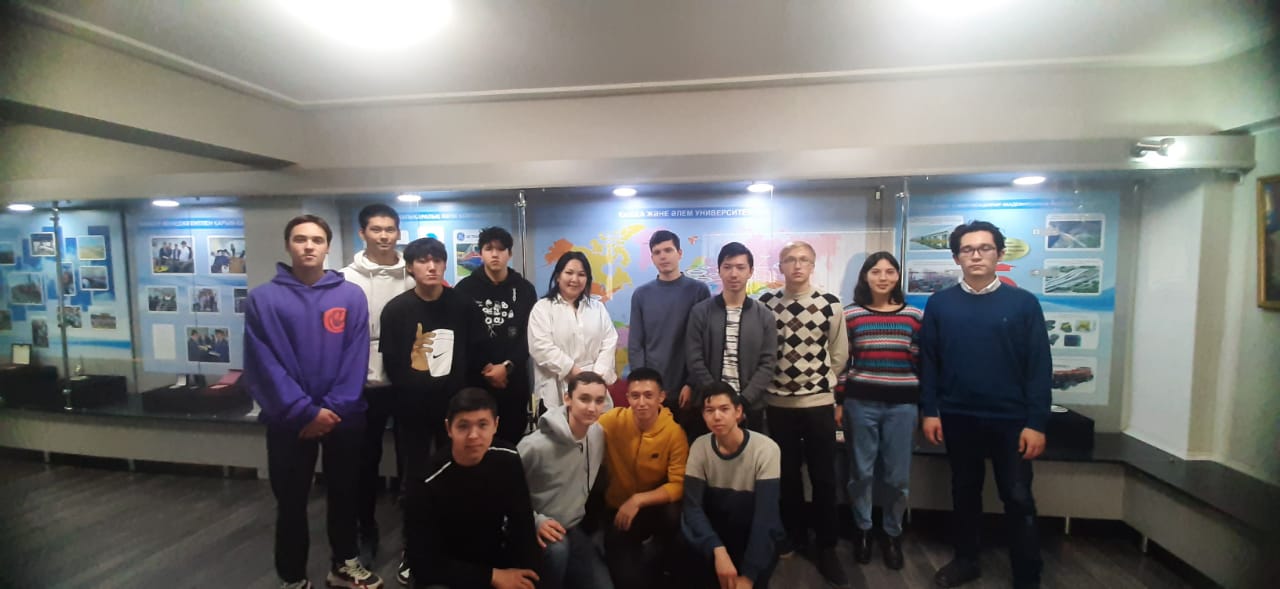
An excursion to historical places
The Almaty Museum was founded in 2002, in the building of the former Vernensky orphanage.
The entire history of Almaty is kept in 11 halls: “Ancient history of Almaty”, “Medieval history of Almaty”, “At the origins of Kazakh statehood”, “Vernensky period of the history of Almaty” and “Almaty in the twentieth century”.
On August 13, 1877, an order was signed by the military governor of the Semirechensk region, Gerasim Kolpakovsky, on the introduction of a city regulation in the city.
According to this provision, the first head of the city, Pavel Matveyevich Zenkov, was appointed in Verny.
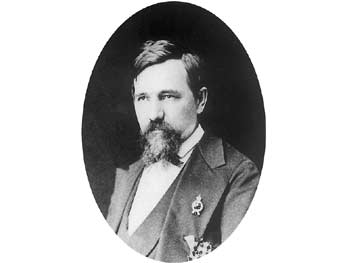
The city was not built up chaotically. The created committee clearly spelled out the rules for the arrangement of the Faithful. At first, the city was divided into blocks of three categories — expensive plots were higher up to the mountains, cheaper ones were lower. After marking up the plots, they were drawn using the lottery method: first, the number of the plot was drawn, and only then it could be bought at auction. The money raised from the auction was sent to the city treasury.
The streets of the city were strictly marked, the direction of the main streets went from north to south. They were prescribed a certain width, a place for sidewalks and even the number of roadside trees with intervals between them.
This was chosen in the city in order to make the streets better blown by the wind, as well as to use irrigation ditches.
In the most prestigious area of the city, houses were required to be built of stone, at least two floors high, with at least seven windows. This was done because the city was planned to be built in the St. Petersburg style.
In less expensive areas, it was allowed to build single-storey houses with five windows, but the facades of the buildings were also approved by the local authorities during meetings attended by the regional architect.
Museum of Archaeology
The Museum of Archaeology is a cultural division of the Academy of Sciences of Kazakhstan. The museum is located in the scientific museum complex “Gylym Ordasy”. It is the only one of its kind in the territory of the Republic of Kazakhstan.
The museum owes its foundation to several generations of archaeologists and scientists of Kazakhstan, who have been searching, studying and preserving unique materials since the 20s of the last century. The Archaeological Museum in Almaty was opened in 1973 on the basis of a collection telling about ancient and medieval life in the lands of Kazakhstan.
One of the most interesting exhibits is the “Golden Man” and the “Berel Horse”. The remains of a Saka warrior in golden robes were found in one of the chambers of the tomb. In total, more than 4 thousand gold leaf ornaments were sewn on the warrior’s clothes. Gold weapons, rings, and ceramics were also found in the chamber. The find dates back to the VI–V centuries BC.
The Berel Horse is a unique exhibit from the Berel mounds in the east of Kazakhstan. 7 stallions of fiery color were also found in the burial of the local queen. One of them wore a leather mask on his face, which was decorated with plates of gold in the form of mythological animals. Horse remains were also found in other Berel mounds.



